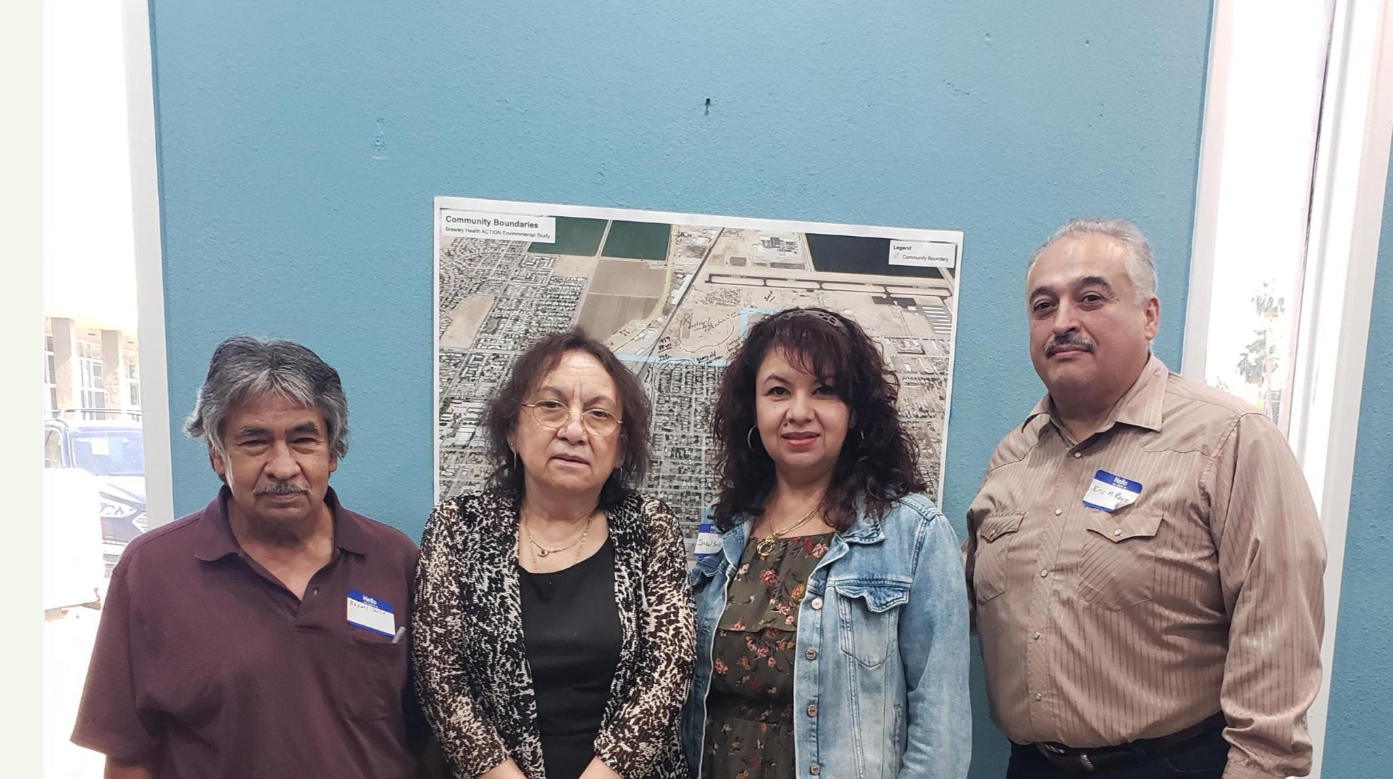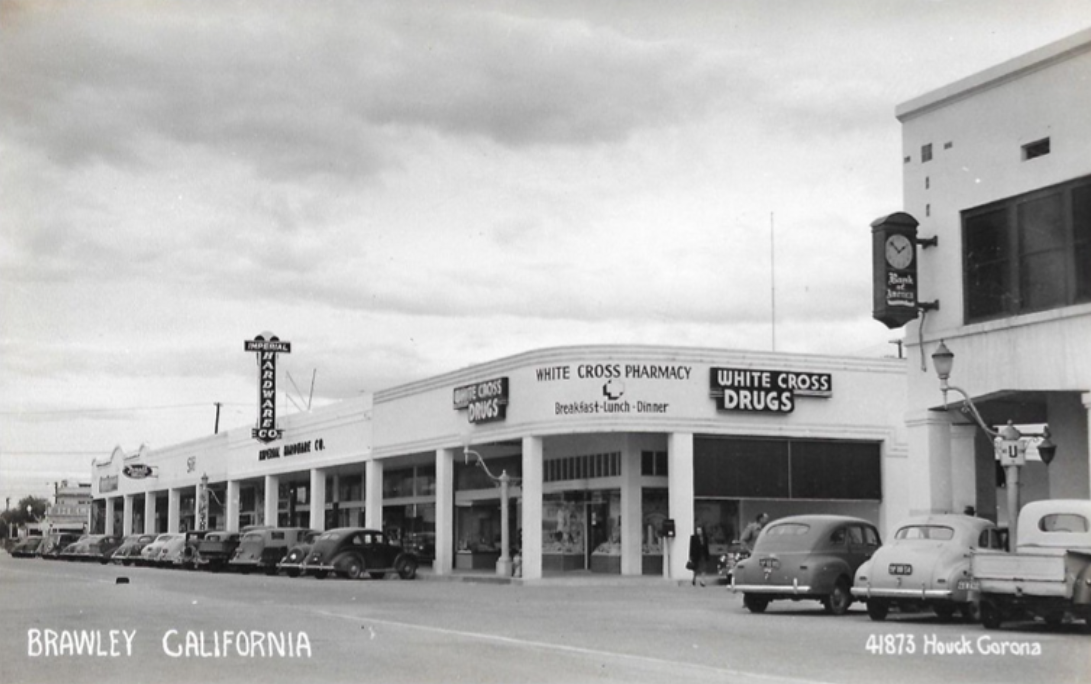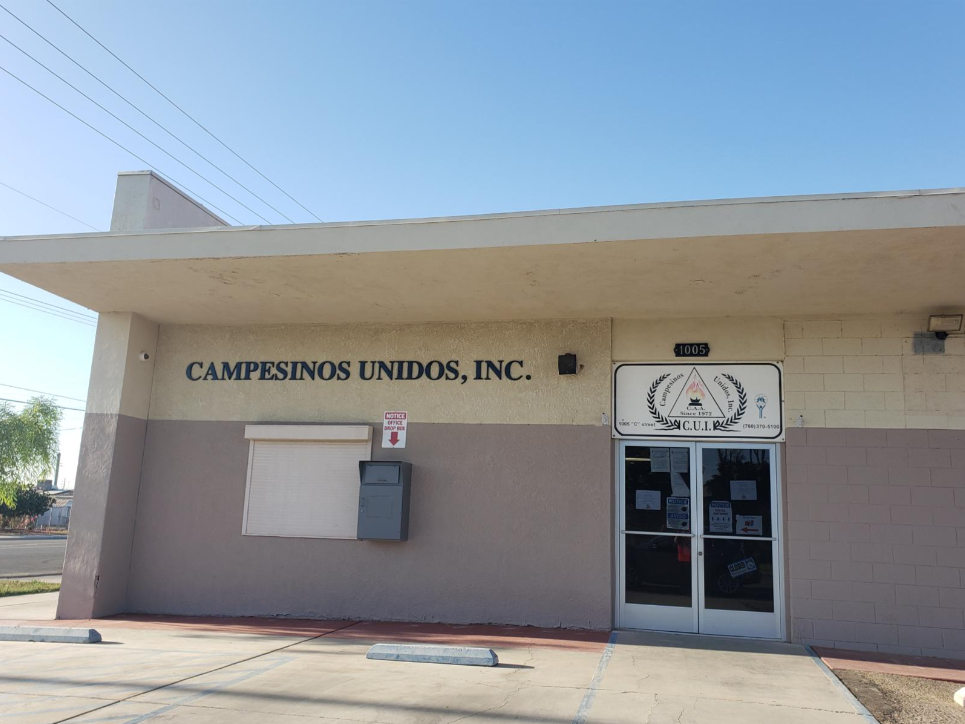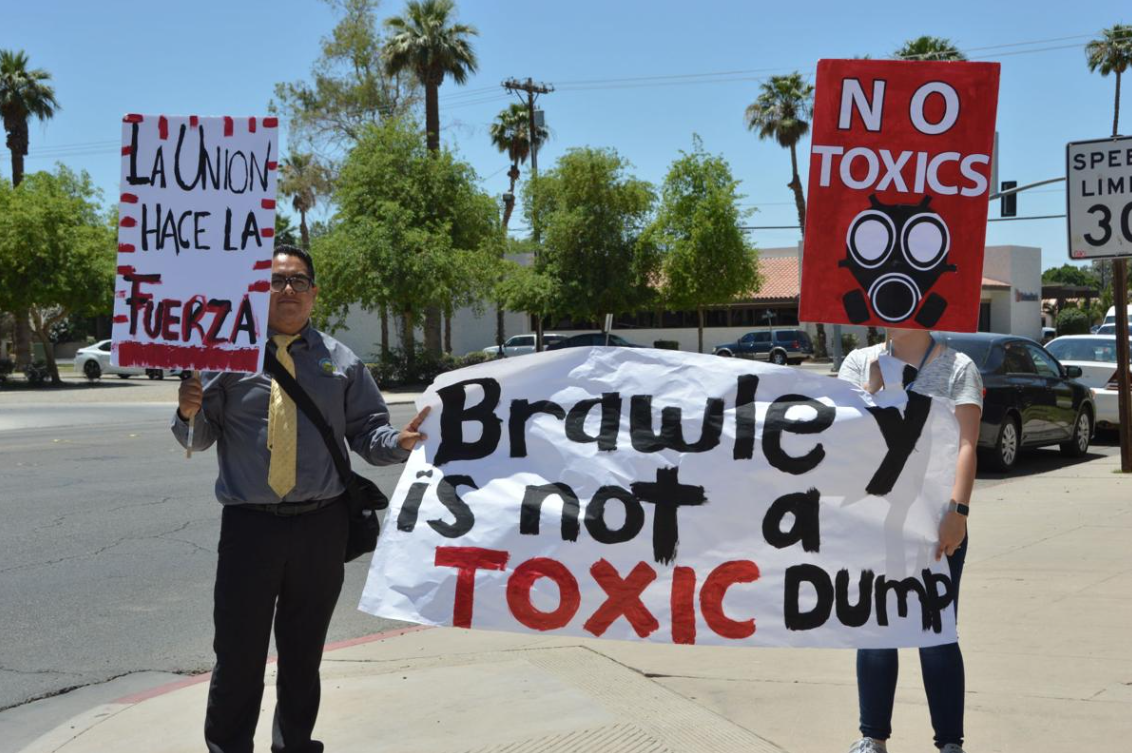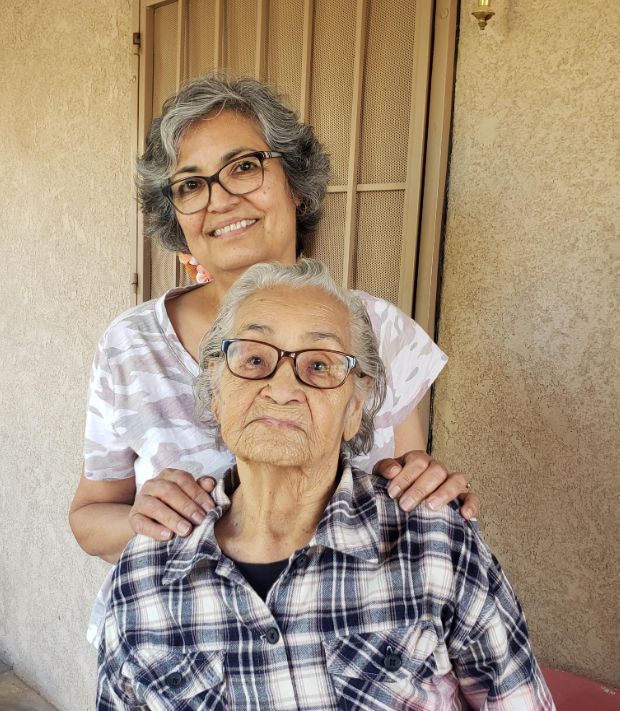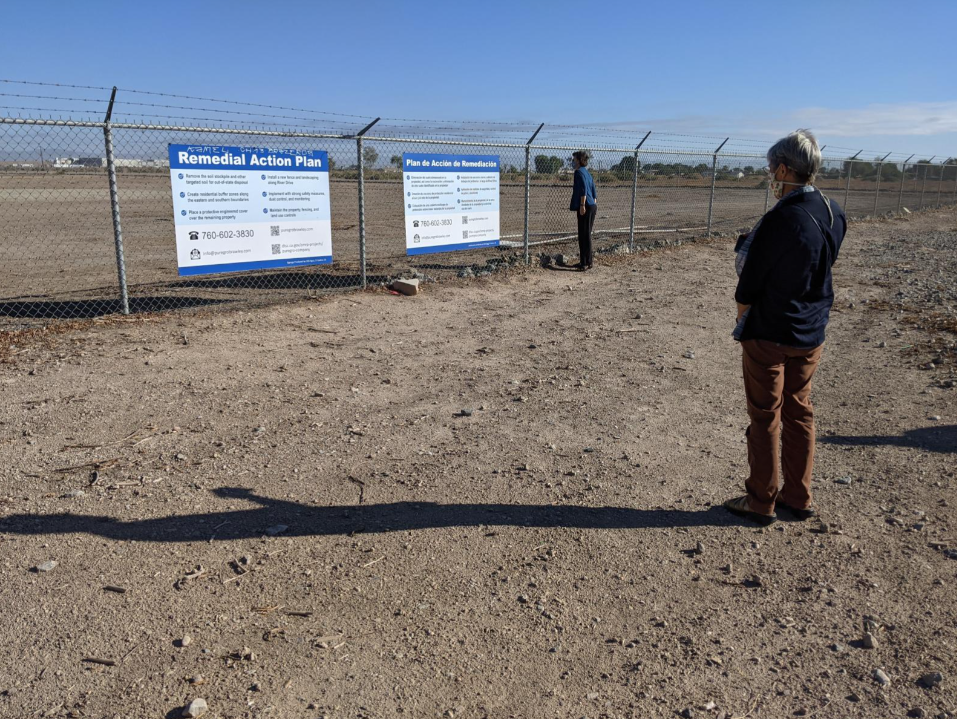Building Trust by Addressing Community Health Concerns: Testing for Soil Contamination in Brawley, CA
Program
Highlights
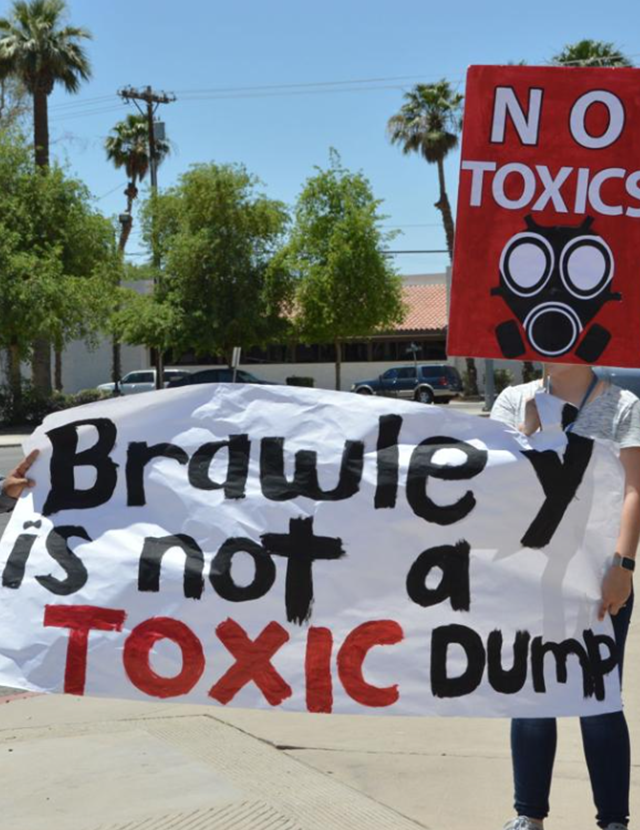
PHI’s Tracking California and partners conducted the Brawley Health ACTION Environmental Study to address community concerns about soil contamination from PureGro, a nearby former pesticide and fertilizer manufacturing plant.
56% of Brawley homes tested had at least one pesticide in the soil
83 homes had their soil tested
10 of the 22 tested pesticides were detected
16 16 homes found to contain Dieldrin (a highly persistent organochlorine pesticide) above the residential soil screening level
-
Focus Areas
Capacity Building & Leadership, Environmental Health -
Issues
Population Health -
Expertise
Research – Surveillance
In Brawley, California, a large-scale clean-up effort for PureGro—a former pesticide and fertilizer manufacturing plant—has been underway since the early 2000s. Although many community members had expressed concerns that their soil may have been contaminated by PureGro, the soil from homes adjacent to the facility had never been tested.
At the invitation of Comite Civico del Valle (CCV), Tracking California partnered with CCV and Universidad Popular to conduct the Brawley Health ACTION Environmental Study, funded by CARB as a Supplemental Environmental Project from 2020-2023, to examine whether PureGro’s environmental contamination extended beyond the PureGro property, which was already being addressed through a site clean-up, led by the Department of Toxic Substances Control (DTSC).
Memories of PureGro in operation
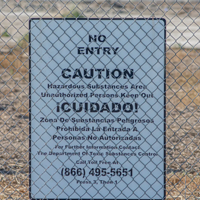 "My father used to tell us to stay indoors and play inside “No salgan, huele mucho!” The stench was so horrible that I would tear up when I was outside. It was very strong - I didn’t learn about the contamination until it became a public issue and I started attending community meetings. My mother died of cancer and now I wonder if her stomach cancer was due to the toxic exposure or if was a contributing factor to her illness. I also suffered from respiratory problems growing up." - Dr. Martha Garcia, community member
"My father used to tell us to stay indoors and play inside “No salgan, huele mucho!” The stench was so horrible that I would tear up when I was outside. It was very strong - I didn’t learn about the contamination until it became a public issue and I started attending community meetings. My mother died of cancer and now I wonder if her stomach cancer was due to the toxic exposure or if was a contributing factor to her illness. I also suffered from respiratory problems growing up." - Dr. Martha Garcia, community member
See the story highlight →
Building Community Trust
Due to numerous factors including historical disenfranchisement and inadequate engagement of the community around the PureGro clean-up effort, many members of the community didn’t trust that the clean-up was sufficient to protect their health. To facilitate engagement and transparency with the community and strengthen the study’s overall success, PHI and partners created a Community Advisory Group (CAG) of trusted, experienced community leaders to help guide the study and ensure the project would best meet community needs and be able to answer community questions.
Based on CAG input, the study tested soil collected from the yards of 83 homes for 22 chemicals known to be used, manufactured or stored at PureGro plant, or which were found in previous sampling next to the facility. They also tested soil from 11 public locations in alleys and right-of-ways in the same residential community.
In addition to this, the study team analyzed existing health data for the community, identifying disparities in respiratory health outcomes for Brawley when compared to the county and state. The study team also worked directly with community members to document their concerns and collect their oral histories. These were shared with the broader community and relevant health authorities to validate community experiences, provide historical context for the community’s health and environmental concerns, and inspire community members to take collective action to protect their own health. PHI’s Tracking California and partners then worked with community members to create an interactive Brawley Health ACTION Environmental Study StoryMap to showcase the video testimonials as well as study findings, implications and health and safety resources for the community.
Community concerns
 "There were many cases of cancer near here, I was one of them, another family over there on the other street, I know many don't speak about it, but from the ones that I know...it's unclear if there was a direct link to the facility." - Guadalupe Soto, community member
"There were many cases of cancer near here, I was one of them, another family over there on the other street, I know many don't speak about it, but from the ones that I know...it's unclear if there was a direct link to the facility." - Guadalupe Soto, community member
See the story highlight →
Study Findings
Ten of the 22 pesticides were detected, and about 56% of homes tested had at least one pesticide in the soil. DDT and its derivatives were the most commonly detected pesticides, which were found at trace levels. Dieldrin, a highly persistent organochlorine pesticide, was found above the residential soil screening level at 16 homes. However, for most of these homes, the dieldrin level was still low enough to unlikely pose a health risk. Dieldrin was manufactured at the PureGro facility and was also widely used in agriculture and for termite control until it was completely banned in 1987.
Researchers shared the results back with participants, along with recommendations for exposure reduction. Community members were also invited to attend workshops to learn about the overall study findings, meet other participants, and discuss their own results with the study team. The findings were also shared with the Department of Toxic Substances Control, which oversees the PureGro site clean-up process.
Overall, participants were relieved to learn that the study found fewer pesticides than expected in the community compared to what was found at the PureGro site. They also felt their concerns were heard, appreciated receiving additional information on how to protect their health, and expressed interest in becoming more actively involved in advocating for their community.
This project serves as a model for community-led soil sampling that can help find answers for community members living next to contaminated sites, but does not absolve polluters or agencies of their responsibility to ensure the safety and health of communities living next to polluting facilities like PureGro.
Visions for a clean and healthy future
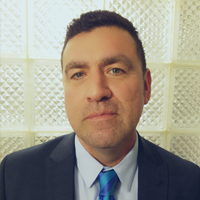 "Our descendants' roots are very resilient, right? But just because we are resilient and have roots that are hard to kill, our raíces, it doesn't mean that we should be taken advantage of and we should be looked at as humans and not as a byproduct of the chemical facility... communities of color have been, intentionally or most intentionally placed near these facilities. Agencies are really responsible for public health...we need to be involved in all these decision making processes when these are happening, when there are land use decisions...at the end of the day, the only people that this will affect are communities of color because - industry or facility are not going into a more affluent community. Communities of color need to get involved because it has a direct benefit to their health and the well-being to the generation of their kids." - Beto Lugo, community member
"Our descendants' roots are very resilient, right? But just because we are resilient and have roots that are hard to kill, our raíces, it doesn't mean that we should be taken advantage of and we should be looked at as humans and not as a byproduct of the chemical facility... communities of color have been, intentionally or most intentionally placed near these facilities. Agencies are really responsible for public health...we need to be involved in all these decision making processes when these are happening, when there are land use decisions...at the end of the day, the only people that this will affect are communities of color because - industry or facility are not going into a more affluent community. Communities of color need to get involved because it has a direct benefit to their health and the well-being to the generation of their kids." - Beto Lugo, community member
See the story highlight →
Living Next to PureGro: Stories from Generations of Mexican and Mexican American Families
The community adjacent the former PureGro facility in Brawley, CA has ongoing concerns about the possibility of having been exposed to different chemicals from the former agricultural chemical site.
Residents living directly south and east of the PureGro site are mostly Mexican and Mexican American families, many of whom are part of the community’s rich history and directly participated in building the homes they still live in today.
These residents have expressed concern about poor health in the community, including family, friends, and neighbors who have passed away from cancer. They wondered if there is a direct link to the former facility and had concerns that contaminants from PureGro might also be in the soil in their own yards.
View the collection in English/Spanish and see the highlights, below and throughout this page.
Patterns of Mexican migration and settlement in Imperial County
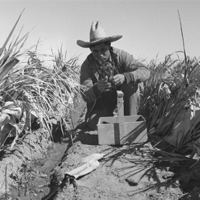 “While in Brawley, city zoning restrictions determined which side of the railroad tracks families lived on, and "the East Side", as it was known, was the area where most immigrants, Mexican-Americans and those considered low-income, were relegated to, while the west was predominantly "Anglo" and where professionals and affluent farming families lived.” - Ronald Ulloa, community member
“While in Brawley, city zoning restrictions determined which side of the railroad tracks families lived on, and "the East Side", as it was known, was the area where most immigrants, Mexican-Americans and those considered low-income, were relegated to, while the west was predominantly "Anglo" and where professionals and affluent farming families lived.” - Ronald Ulloa, community member
See the story highlight →
Stories of community residents who built their own homes and lived next to PureGro
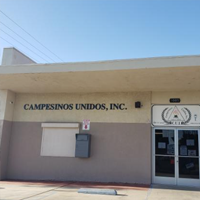 “In el campo (prior to living in the self-help community and program led by Campesinos Unidos, Inc.), the small house we lived in didn't have a foundation. When it rained, it used to get flooded. The house used to shake like it was going to fall apart when there were earthquakes.” - Isabel Solis, community member
“In el campo (prior to living in the self-help community and program led by Campesinos Unidos, Inc.), the small house we lived in didn't have a foundation. When it rained, it used to get flooded. The house used to shake like it was going to fall apart when there were earthquakes.” - Isabel Solis, community member
See the story highlight →
Visit Brawley Health ACTION Environmental Study to learn more.
Work With Us
You change the world. We do the rest. Explore fiscal sponsorship at PHI.
Support Us
Together, we can accelerate our response to public health’s most critical issues.
Find Employment
Begin your career at the Public Health Institute.
